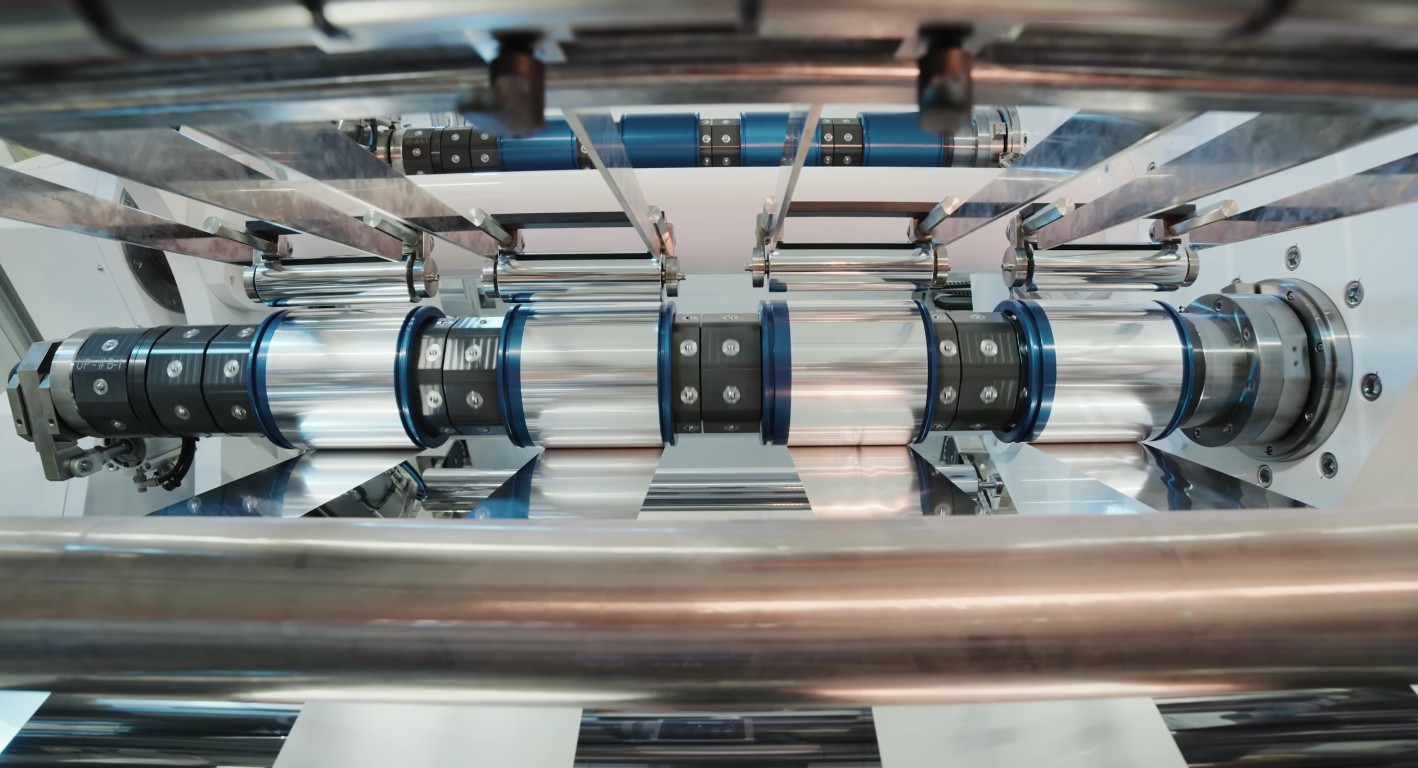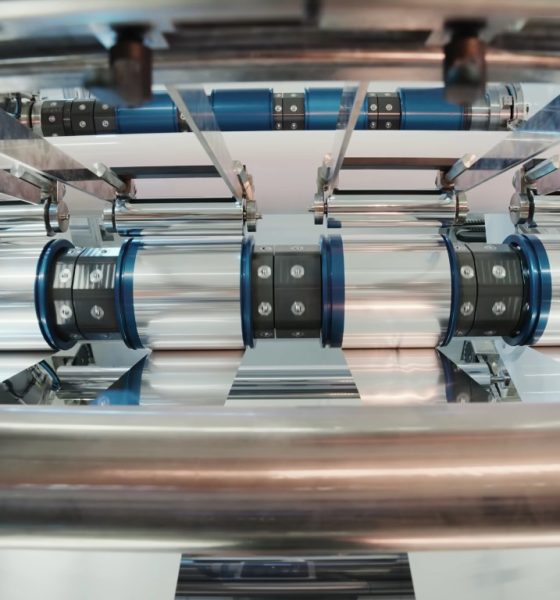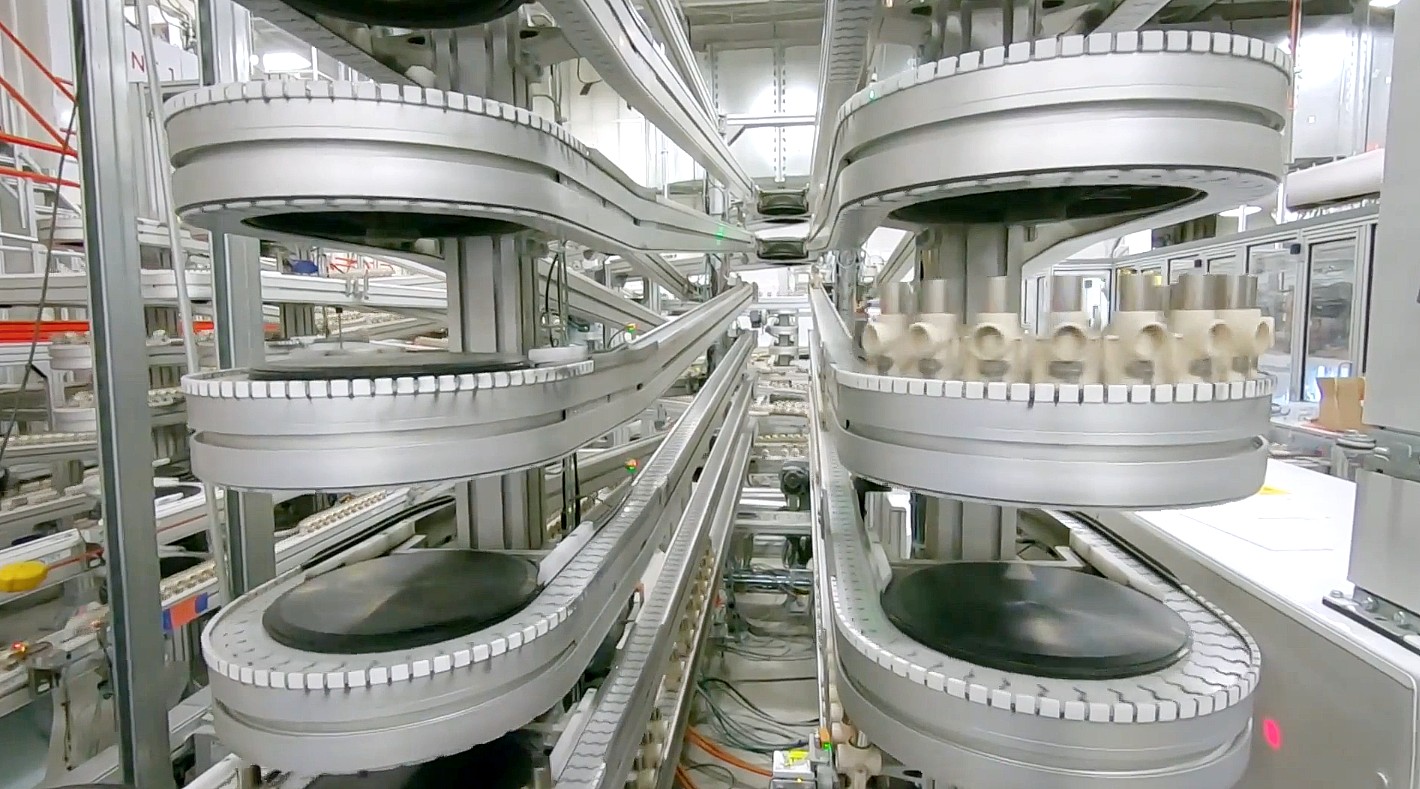

News
Elon Musk’s Tesla Model 3 cobalt-free strategy is ushering in an LFP battery movement
About a year ago, Tesla effectively shocked the electric vehicle industry by announcing that the Made-in-China Model 3 Standard Range Plus would be using lithium iron phosphate (LFP) batteries produced by Contemporary Amperex Technology (CATL). It seemed like an unprecedented decision, considering the company’s image as a maker of fast, powerful, premium cars.
LFP batteries are cheaper to produce than NCM (nickel-cobalt-manganese) and NCA (nickel-cobalt-aluminum) batteries, but they generally have lower energy density. This meant that usually, vehicles equipped with LFP cells end up lacking in range and charging. Tesla’s move towards LFP could then be considered a gamble–one that could have resulted in drawbacks for the Model 3 in China.

Today, it seems safe to say that the Silicon Valley-based electric car maker’s gamble has been successful. Recent tweets from Elon Musk even point to the idea that LFP is the way to go for Tesla’s standard range vehicles. This was especially notable, considering that cobalt and nickel prices have been rising over the past years. And with the advent of more electric cars in the market, securing more long-term supply for raw materials is incredibly important.
True to form, Tesla’s adoption of LFP batteries was immediately felt by the greater battery market. As noted in a Mining.com report, the 55KWh LFP-battery Tesla Model 3 from China captured 5.9% of the global full electric car market in terms of battery capacity in its second full month of sales. This was despite the Made-in-China Model 3 not being sold in the United States.
Based on Adamas Intelligence data, the momentum of Tesla’s LFP-equipped Model 3 only increased from that point. Propelled further by deliveries to Europe, the LFP-battery China-made sedan comprised 46% of all Model 3 sales in January and a remarkable 32% of the battery capacity in all LFP-equipped cars globally. This trend, Adamas’ data showed, boosted LFP’s overall share in the global battery market in terms of capacity to 18.5% in January 2021.
This was a remarkable milestone for LFP batteries, considering that it only commanded 1% at the beginning of last year and 3% by June 2020. Adamas Intelligence’s Head of Data and Analytics Alla Kolesnikova noted that the momentum of LFP cells had been particularly felt in China. In 2020, the adoption of the cobalt-free batteries saw a resurgence in the market, with both veteran automakers and younger EV companies adopting the technology.
“LFP battery capacity deployed onto roads increased six-fold and we continue to see cathode manufacturers ramping up output and a growing list of the automakers in China announcing upcoming model-versions that will incorporate LFP cells. Among the more prominent are Xpeng, Seres, and VW,” Kolesnikova said.
Roskill, one of the world’s first management consultancies and a key player in critical materials supply chain intelligence, has determined that LFP cathode and precursor material manufacturing capacity is currently up 10-fold in January-February 2021 compared to the same months in 2020. A good part of this is the adoption of the batteries by notable EV players like Tesla, as well as breakthroughs in the cobalt-free batteries themselves.
Roskill analyst Kevin Gunan Shang noted that LFP batteries are looking to be an excellent fit for cell-to-pack manufacturing, which would be adopted by Tesla for its mass-market vehicles like the Model Y. The analyst also pointed to the claims of Volkswagen-backed Chinese battery manufacturer Gotion, which noted that its latest LFP battery had achieved a cell-level energy density of 210 Wh/kg, putting it on par with NCM 523.
Don’t hesitate to contact us for news tips. Just send a message to tips@teslarati.com to give us a heads up.

News
Waymo sues Santa Monica over order to halt overnight charging sessions
In its complaint, Waymo argued that its self-driving cars’ operations do not constitute a public nuisance, and compliance with the city’s order would cause the company irreparable harm.

Waymo has filed a lawsuit against the City of Santa Monica in Los Angeles County Superior Court, seeking to block an order that requires the company to cease overnight charging at two facilities.
In its complaint, Waymo argued that its self-driving cars’ operations do not constitute a public nuisance, and compliance with the city’s order would cause the company irreparable harm.
Nuisance claims
As noted in a report from the Los Angeles Times, Waymo’s two charging sites at Euclid Street and Broadway have operated for about a year, supporting the company’s growing fleet with round-the-clock activity. Unfortunately, this has also resulted in residents in the area reportedly being unable to sleep due to incessant beeping from self-driving taxis that are moving in and out of the charging stations around the clock.
Frustrated residents have protested against the Waymos by blocking the vehicles’ paths, placing cones, and “stacking” cars to create backups. This has also resulted in multiple calls to the police.
Last month, the city issued an order to Waymo and its charging partner, Voltera, to cease overnight operations at the charging locations, stating that the self-driving vehicles’ activities at night were a public nuisance. A December 15 meeting yielded no agreement on mitigations like software rerouting. Waymo proposed changes, but the city reportedly insisted that nothing would satisfy the irate residents.
“We are disappointed that the City has chosen an adversarial path over a collaborative one. The City’s position has been to insist that no actions taken or proposed by Waymo would satisfy the complaining neighbors and therefore must be deemed insufficient,” a Waymo spokesperson stated.
Waymo pushes back
In its legal complaint, Waymo stated that its “activities at the Broadway Facilities do not constitute a public nuisance.” The company also noted that it “faces imminent and irreparable harm to its operations, employees, and customers” from the city’s order. The suit also stated that the city was fully aware that the Voltera charging sites would be operating around the clock to support Waymo’s self-driving taxis.
The company highlighted over one million trips in Santa Monica since launch, with more than 50,000 rides starting or ending there in November alone. Waymo also criticized the city for adopting a contentious strategy against businesses.
“The City of Santa Monica’s recent actions are inconsistent with its stated goal of attracting investment. At a time when the City faces a serious fiscal crisis, officials are choosing to obstruct properly permitted investment rather than fostering a ‘ready for business’ environment,” Waymo stated.
News
Tesla FSD v14.2.2 is getting rave reviews from drivers
So far, early testers have reported buttery-smooth drives with confident performance, even at night or on twisty roads.

Tesla Full Self-Driving (Supervised) v14.2.2 is receiving positive reviews from owners, with several drivers praising the build’s lack of hesitation during lane changes and its smoother decision-making, among others.
The update, which started rolling out on Monday, also adds features like dynamic arrival pin adjustment. So far, early testers have reported buttery-smooth drives with confident performance, even at night or on twisty roads.
Owners highlight major improvements
Longtime Tesla owner and FSD user @BLKMDL3 shared a detailed 10-hour impression of FSD v14.2.2, noting that the system exhibited “zero lane change hesitation” and “extremely refined” lane choices. He praised Mad Max mode’s performance, stellar parking in locations including ticket dispensers, and impressive canyon runs even in dark conditions.
Fellow FSD user Dan Burkland reported an hour of FSD v14.2.2’s nighttime driving with “zero hesitations” and “buttery smooth” confidence reminiscent of Robotaxi rides in areas such as Austin, Texas. Veteran FSD user Whole Mars Catalog also demonstrated voice navigation via Grok, while Tesla owner Devin Olsen completed a nearly two-hour drive with FSD v14.2.2 in heavy traffic and rain with strong performance.
Closer to unsupervised
FSD has been receiving rave reviews, even from Tesla’s competitors. Xpeng CEO He Xiaopeng, for one, offered fresh praise for FSD v14.2 after visiting Silicon Valley. Following extended test drives of Tesla vehicles running the latest FSD software, He stated that the system has made major strides, reinforcing his view that Tesla’s approach to autonomy is indeed the proper path towards autonomy.
According to He, Tesla’s FSD has evolved from a smooth Level 2 advanced driver assistance system into what he described as a “near-Level 4” experience in terms of capabilities. While acknowledging that areas of improvement are still present, the Xpeng CEO stated that FSD’s current iteration significantly surpasses last year’s capabilities. He also reiterated his belief that Tesla’s strategy of using the same autonomous software and hardware architecture across private vehicles and robotaxis is the right long-term approach, as it would allow users to bypass intermediate autonomy stages and move closer to Level 4 functionality.
News
Elon Musk’s Grok AI to be used in U.S. War Department’s bespoke AI platform
The partnership aims to provide advanced capabilities to 3 million military and civilian personnel.

The U.S. Department of War announced Monday an agreement with Elon Musk’s xAI to embed the company’s frontier artificial intelligence systems, powered by the Grok family of models, into the department’s bespoke AI platform GenAI.mil.
The partnership aims to provide advanced capabilities to 3 million military and civilian personnel, with initial deployment targeted for early 2026 at Impact Level 5 (IL5) for secure handling of Controlled Unclassified Information.
xAI Integration
As noted by the War Department’s press release, GenAI.mil, its bespoke AI platform, will gain xAI for the Government’s suite of tools, which enable real-time global insights from the X platform for “decisive information advantage.” The rollout builds on xAI’s July launch of products for U.S. government customers, including federal, state, local, and national security use cases.
“Targeted for initial deployment in early 2026, this integration will allow all military and civilian personnel to use xAI’s capabilities at Impact Level 5 (IL5), enabling the secure handling of Controlled Unclassified Information (CUI) in daily workflows. Users will also gain access to real‑time global insights from the X platform, providing War Department personnel with a decisive information advantage,” the Department of War wrote in a press release.
Strategic advantages
The deal marks another step in the Department of War’s efforts to use cutting-edge AI in its operations. xAI, for its part, highlighted that its tools can support administrative tasks at the federal, state and local levels, as well as “critical mission use cases” at the front line of military operations.
“The War Department will continue scaling an AI ecosystem built for speed, security, and decision superiority. Newly IL5-certified capabilities will empower every aspect of the Department’s workforce, turning AI into a daily operational asset. This announcement marks another milestone in America’s AI revolution, and the War Department is driving that momentum forward,” the War Department noted.








